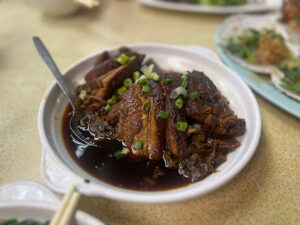Distinctly Hong Kong – Dai Pai Dong
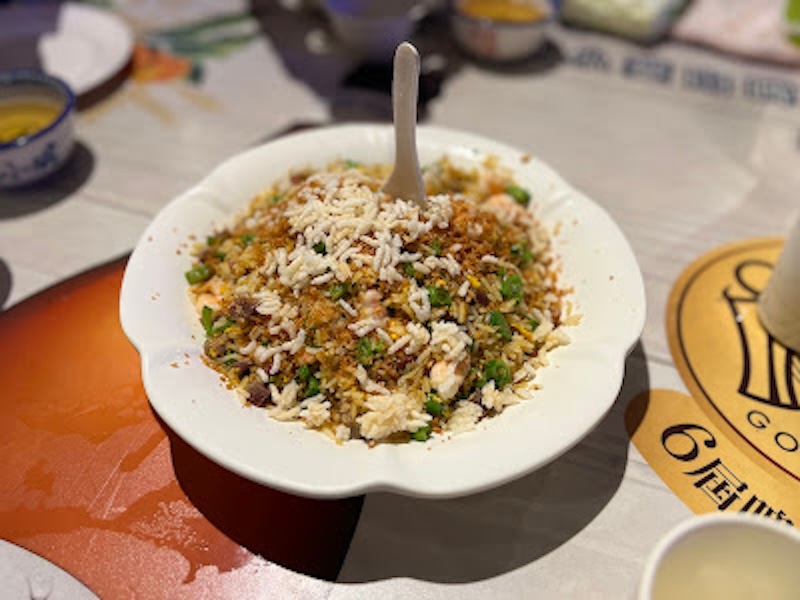
Besides the Cha Chaan Teng’s, the Dai Pai Dong’s are also a way of dining that is distinctly Hong Kong. In recent months I have had the pleasure of visiting a few Dai Pai Dong’s in Hong Kong. I do consider the Dai Pai Dong’s to be heritage dining. Let us delve into its history.
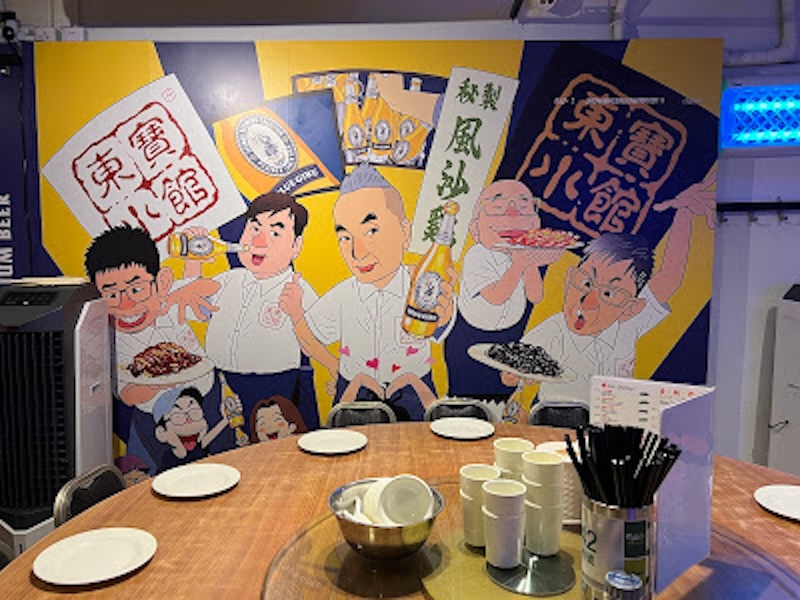
The Dai Pai Dong’s of Hong Kong
Dai Pai Dong refers to the large outdoor dining areas, oftentimes located in a large swarthe on busy streets in heavily residential districts. They feature large green canvases as the overlay. Food is served on folding tables and chairs that are taken down when the restaurant closes each day.
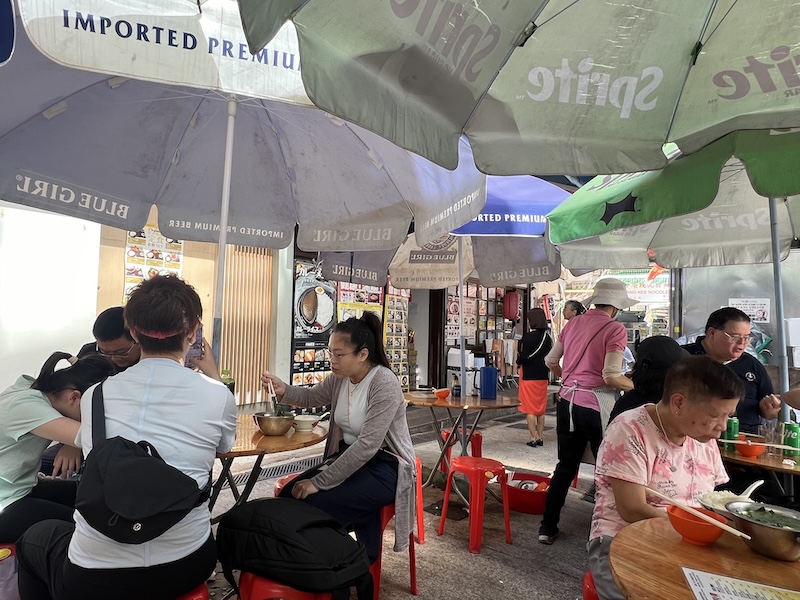
Some people call these canvassed areas with pointed tops “mushroom pavilions.” These types of dining establishments were exceedingly popular for Hong Kong’s working class during the 1950s or so.
The word “Dai Pai Dong” means “stalls with the big license,” referring to the fact that the operators have the licenses to serve cooked food in a predetermined location outdoors. The origin of the Dai Pai Dong’s are very much a part of Hong Kong’s economic history. Even as early as 1847, the Hong Kong Government has instituted a system of regulating hawkers. There was the “small license” and the “big license,” as distinguished between the Itinerant License holders that operated without a fixed location, and the Fixed-pitch License holders that operated at a fixed location, even though both ran their businesses on the streets.
As a matter of practice, the Fixed-pitch (dai pai) license holders have to display their license at the place of business. The license is a large piece of paper with the name of the license holder and the approved location of the business. A point to note is that not all hawker license holders sold food. The big license was also issued to barbers, shoe shiners, newspaper vendors or craftsmen.
Needless to say, this type of business operation was going to be the means of living for a lot of the immigrants that came to Hong Kong with virtually no other prospects. That was the economy of Hong Kong in the early colonial days. The Hong Kong Government chose to regulate the hawkers of Hong Kong, for it knew full well that social problems would surface if people could not find a livelihood.
Fast forward to the 1950s, around the time that WWII ended and the Hong Kong society was in desperate need for normalcy and economic recovery, the hawker and Dai Pai Dong economy blossomed further as more immigrants came from China due to the Civil War. The cheap food enabled the working classes to have a quick and economical meal. Of course, these Dai Pai Dong’s were also key players in Hong Kong’s economy.
Beginning in the 1970s, the Hong Kong Government began taking active measures to regulate the hawkers further. On one hand, the Hong Kong Government grouped many of these Dai Pai Dong’s in centralized locations. Due to the consistent development of public housing estates, the Hong Kong Government offered many of these Dai Pai Dong’s the option to move to the cooked food section of the wet markets. Otherwise they would have to surrender their licenses and accept compensation from the government. On the other hand, the Hong Kong Government has also ceased issuing Dai Pai Dong licenses in 1972, to slowly phase out these establishments. That is the same practice as the Itinerant License (the small license) for hawkers.
Current-Day Dai Pai Dong’s
For a lot of the well-known restaurants in Hong Kong, the Dai Pai Dong was the humble beginning with which they established a footing in the market decades ago. Once they managed to accumulate the capital for a better arrangement, many also opted to “move up” to a covered dining space, regardless of the government’s hawker policy.
As such, a lot of Dai Pai Dong’s are now proper restaurants with air-conditioned, rented store space. There is, of course, that element of nostalgia if you find a Dai Pai Dong that still operates in the canvassed stalls outdoors (see below on Shing Kee). Those are certainly the classic and perhaps it is worthwhile to do it once before they are all gone. But a lot of the good ones that moved to a proper dining space are still serving the kind of food that represents the working-class dining culture. They tend to be wok-fried food, and I will explain below.
Wok Hey – The Food of Dai Pai Dong
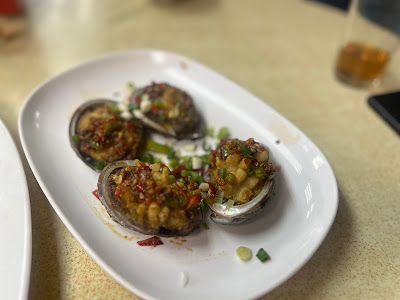
Wok hey! This is a term that has transcended territorial and cultural boundaries in recent years, thanks to the world movement for chefs of all nations to dabble in the cooking of foods in cultures other than their own. The term “wok hey” is uniquely Cantonese. Literally meaning “the fiery fumes of the wok,” it refers to the palatal sensation of the lingering, sizzling fumes of food that were thrown for rounds in the wok over a piping hot gas stove.
It is difficult to describe wok hey in words. At first glance, it is not about the flavors. It is, first and foremost, about the temperature of the food. But a really good Dai Pai Dong chef will make food effusing wok hey even after it turns cold. At a closer look, it does have to do with the flavors of the food, because more of it is drawn out with extreme heat, an open fire and the quick throwing motions in the wok.
Because the food of Dai Pai Dong’s are mostly wok-fried, wok hey is hands down the standard of first order, to which any Dai Pai Dong must meet. The same Cantonese fried rice can be good in a fine dining hotel restaurant but judged differently if it were served in a Dai Pai Dong. Any Dai Pai Dong that failed to deliver wok hey would have failed its spirit as the street food of Hong Kong.
Suggestions of Dai Pai Dong’s
Shing Kee

Let’s first consider Shing Kee, which is famous as one of the very few classic street dining stalls remaining in all of Hong Kong. You will not miss Shing Kee when you pass by the food-busy streets in the Old Central Market area. Shing Kee is open on Stanley Street just under the Mid-Levels escalators.
On this day we opted for a la carte dishes instead of the lunch special sets. We ordered a chicken clay pot called “jer jer chicken.” Shing Kee really lives up to its reputation in this dish. The clay pot was sizzling all the way when we worked through our bowls of rice with the chicken. The pot had two main ingredients, chicken and pork liver. There was an astute amount of aromatics (meaning, heaps of them) and a very nice sauce base that gave the claypot dish its flavors. Good claypot cooking has the effect of crisping up the ingredients. In this case, both the chicken and the pork liver pieces had a slightly charred texture.
We also order a steamed fish that surely paled in comparison to the claypot.
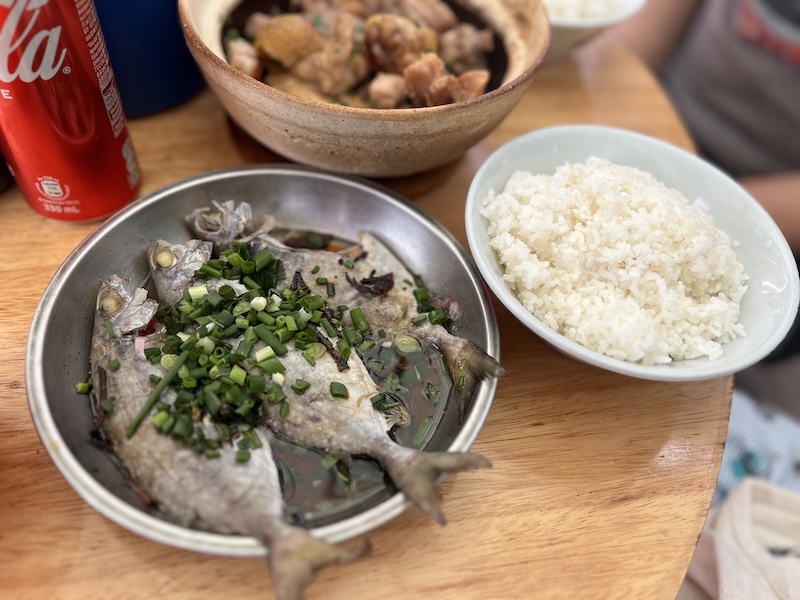
Tung Po Kitchen
Tung Po Kitchen is famous for its wonderful Dai Pai Dong food, and its reputation has run for decades. Originally in North Point, the restaurant was located in a cooked food section in the wet market. It has now reopened its doors in Wan Chai in a proper restaurant dining space.
As we sat down for the food, we were amazed and thought that it really lived up to its reputation. The wok hey was so good in the fried rice that you could still taste it after the fried rice turned cold.

The problem with Tung Po Kitchen is that it has become very touristy due to its good name. It played American music throughout our time there, and it was so loud that my friends and I simply could not have a conversation. The owner went around the tables in an endless toast to the foreigners there, and perhaps the atmosphere was too much a party for us.

Surely, you wouldn’t expect low key whispers and the subtle clinking of tall wine glasses in a street food stall, or in any common Chinese restaurant for that matter, but having to scream off our lungs was a little extreme. It is for that reason that I likely would not go back to Tung Po despite its wonderful food.
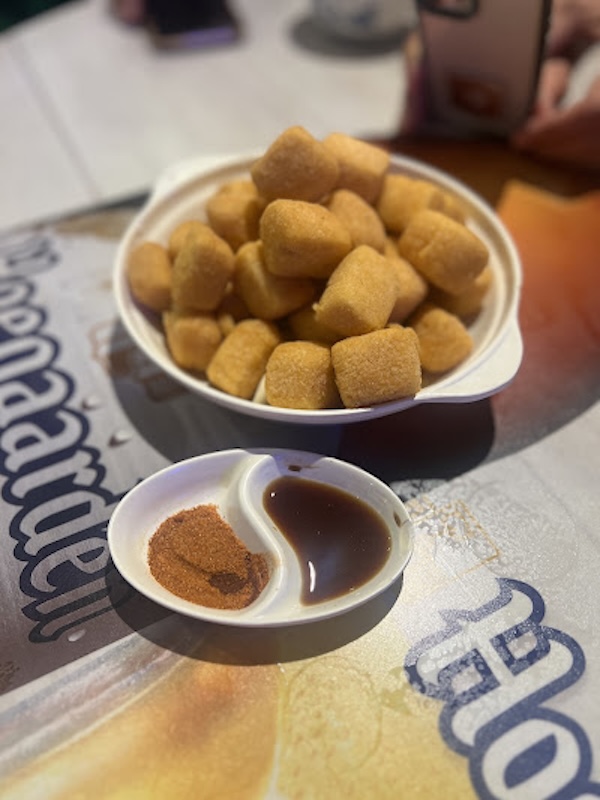
Royal Kitchen in Fo Tan
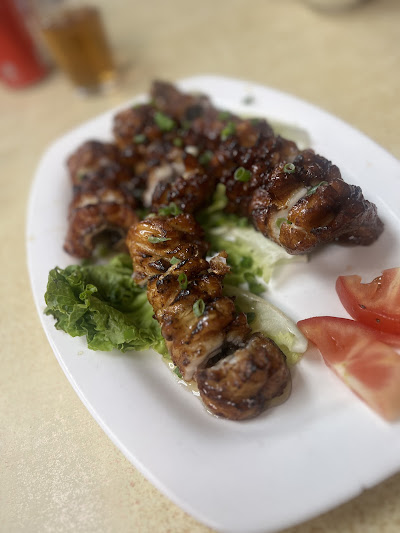
This Fo Tan establishment is one amongst many Dai Pai Dong’s in the area. The good thing with the Dai Pai Dong’s in Fo Tan is that they are mostly air conditioned even as canvassed street restaurants. We sat comfortably there during a dog day of the summer.
However, I thought the food was a bit too low-key for a Dai Pai Dong. There was not enough wok hey. It did not taste bad, but perhaps not enough to claim the fiery reputation of a Dai Pai Dong. The restaurant does offer some unique dishes, such as honey fried eel. The prices are surely reasonable too.
Let me offer a last word of caution to readers. The Dai Pai Dong’s had humble roots serving working class food for the Chinese people of Hong Kong, but many of the upgraded Dai Pai Dong’s now are not cheap, especially if you order seafood. If you are a foreigner in Hong Kong, ask for the price before you order seafood dishes. Better yet, go with a local.
Sources
The Wikipedia on Dai Pai Dong (Chin).
Food and Environmental Hygiene Department, Itinerant Hawker Licence.
Food and Environmental Hygiene Department, Fixed-pitch Hawker Licence.


